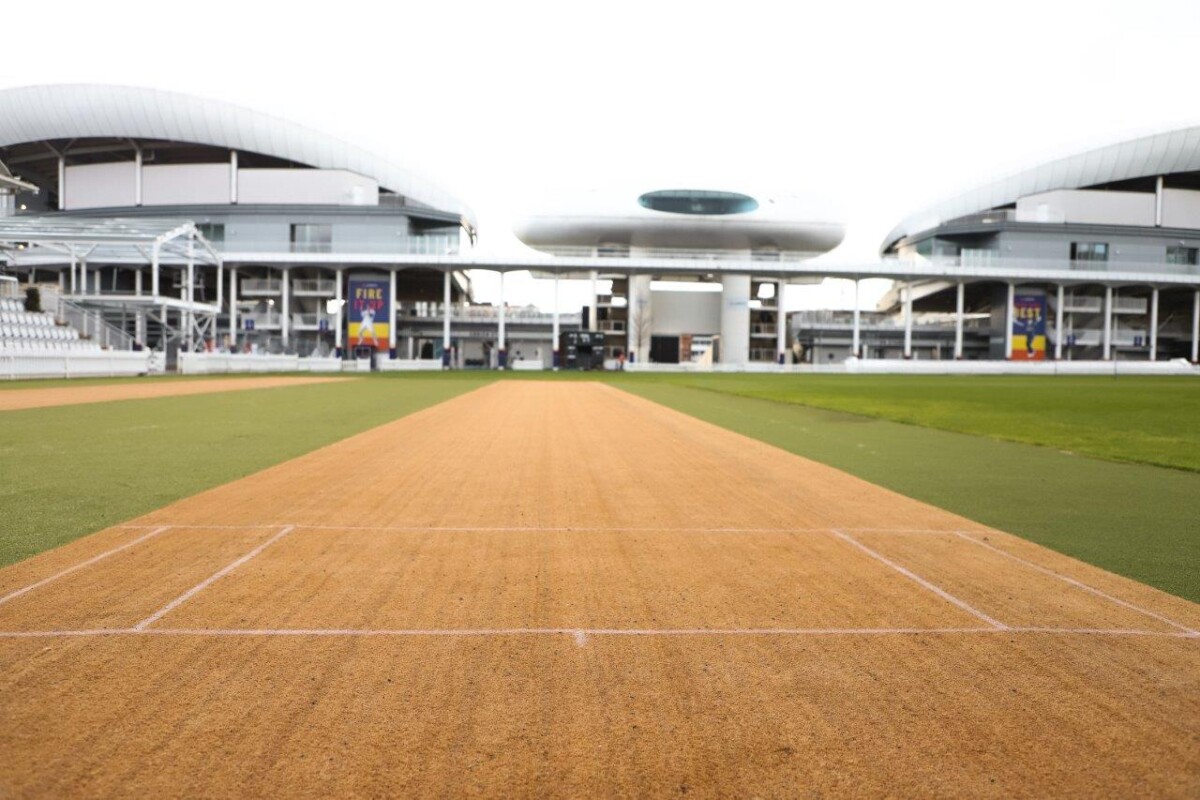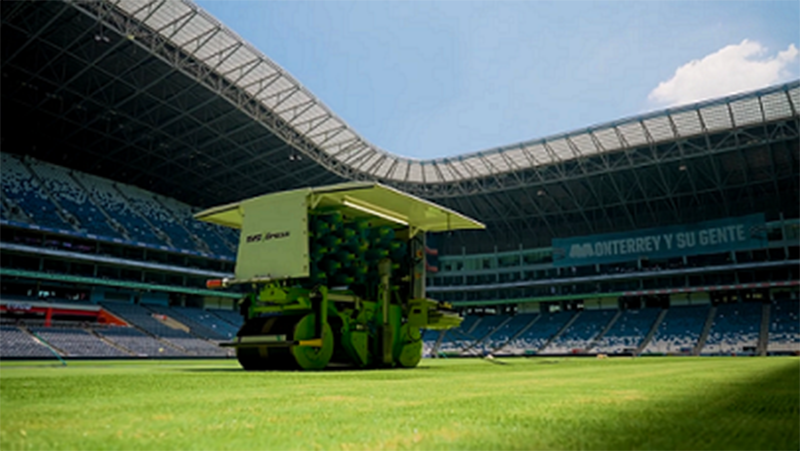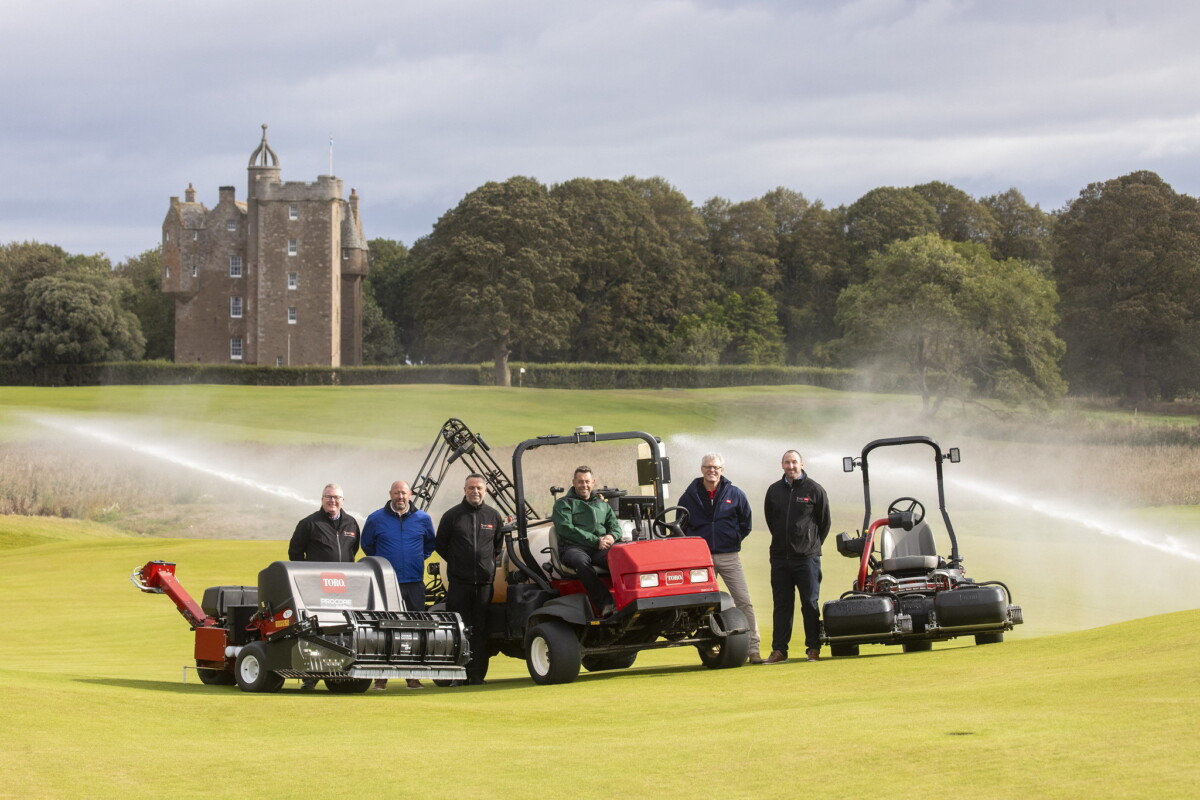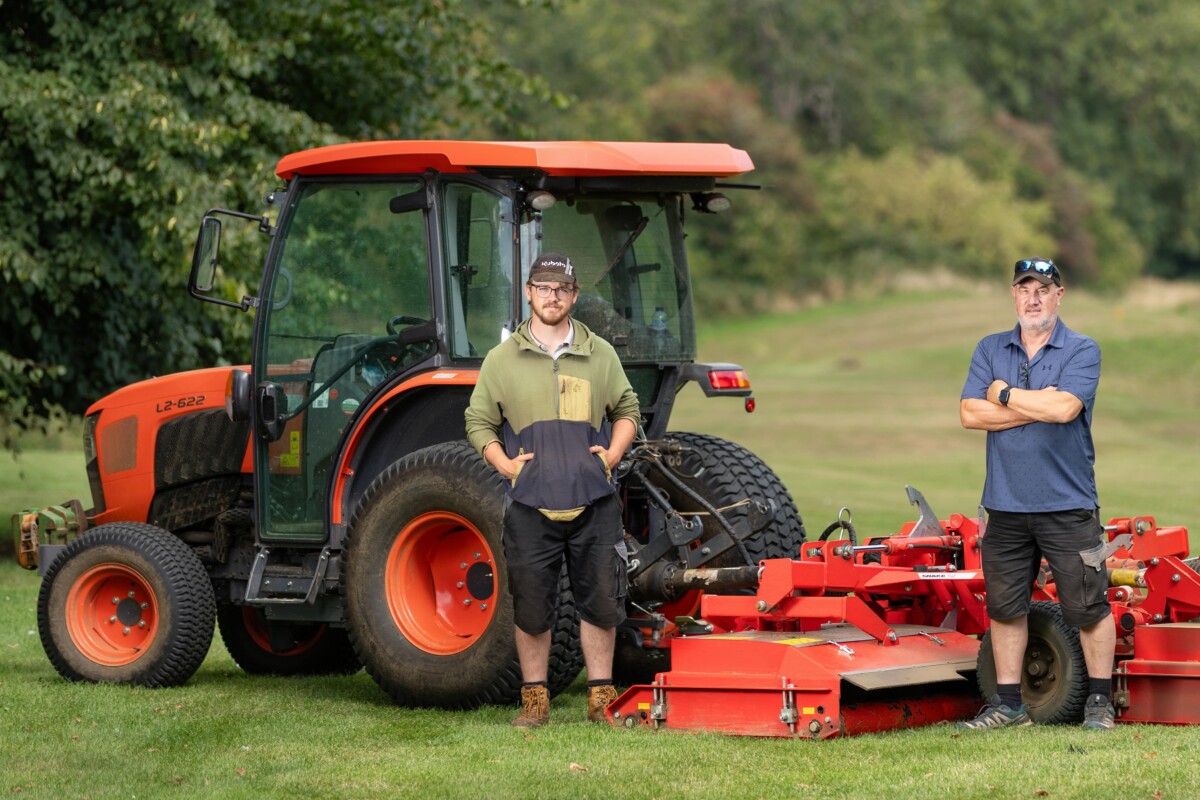Ranger on the rails: Known as ‘rail buggies’, utility vehicles are not new to the railway maintenance industry, but the development of the custom Polaris Rail Ranger presented an opportunity to innovate the design, including the introduction of technology and equipment which is normally reserved for bigger, more expensive plant equipment.
The custom Ranger was built by Fitzgerald Plant Services Ltd, an established provider of specialist services for the rail and construction industries, including repair work, maintenance, engineering and heavy haulage transport. Based in Cwmbran, South Wales, Fitzgerald Plant Services aims to provide a one-stop-shop for all of their customers’ requirements – including specialist solutions like the Polaris Ranger.

Ranger on the rails
“These machines are very versatile and can be utilised in a number of different ways,” said Clayton Greenman, Fitzgerald Plant Services Ltd Engineering Manager. “That’s one reason why they’re so suited to working on the rails because it depends a lot on what kind of maintenance work the contractors are undertaking. Transporting personnel, towing trailers with tools and equipment, weed spraying, leaf clearance, track inspections – the Rail Ranger is the ideal vehicle to do it all.”
Supported by their local Polaris dealer – Usk & Wye Valley ATV Ltd – who serve the Monmouth and Forest of Dean areas, the Polaris Ranger was selected because of its refined cab that offers the option to be fully enclosed with the addition of doors, a windshield, rear panel and roof, alongside its class-leading capabilities and durability.
Initially building a prototype with a Polaris Ranger Diesel, Fitzgerald Plant Services will have delivered four Polaris Ranger vehicles to operate across UK rail lines by the end of this year, with many more custom builds planned for 2021.
“From the initial brief to the delivered prototype, the diesel machine took around three years to develop,” continued Clayton. “Building the machine in compliance with the Network Rail standards is understandably very time consuming due to the testing and documentation required. Development of the prototype petrol Ranger Crew XP 1000 took less than 4 months as we gained a lot of experience from the previous diesel project. Now we’re in series production, we can complete a full rail conversion in about 3 weeks.”
The custom Ranger vehicles are fitted with spacers to give them a wider track width, ensuring the tyres sit correctly on the railhead, as well as specially-mounted rail gear, an air braking system and hydraulic systems. As the Polaris chassis has been designed to accommodate a snow plough, the same mounting points could be utilised to fit the front rail equipment, however, the chassis had to be specially adapted for the rear equipment. The hydraulic system controls the raising and lowering of the rail bogies and the hydraulic trailer park brake, using a 12-volt DC electro/hydraulic power pack powered from the battery. There is also a 12-volt DC twin air compressor which powers the air brake system – a requirement for towing trailers on the UK rail infrastructure.
Fitzgerald Plant Services Ltd added its own custom display, controllers and software to control the various rail systems and operate as effectively as possible. The operator can get real-time updates on machine status and operate the functions via a user interface. There are also password-protected menus for service engineers where all the system diagnostic information and calibration settings are found.
For more information on the Polaris Ranger, please visit the Polaris Britain website here.
For the latest industry news visit turfmatters.co.uk/news
Get all of the big headlines, pictures, opinions and videos on stories that matter to you.
Follow us on Twitter and Instagram for fun, fresh and engaging content.
You can also find us on Facebook for more of your must-see news, features, videos and pictures from Turf Matters.


























